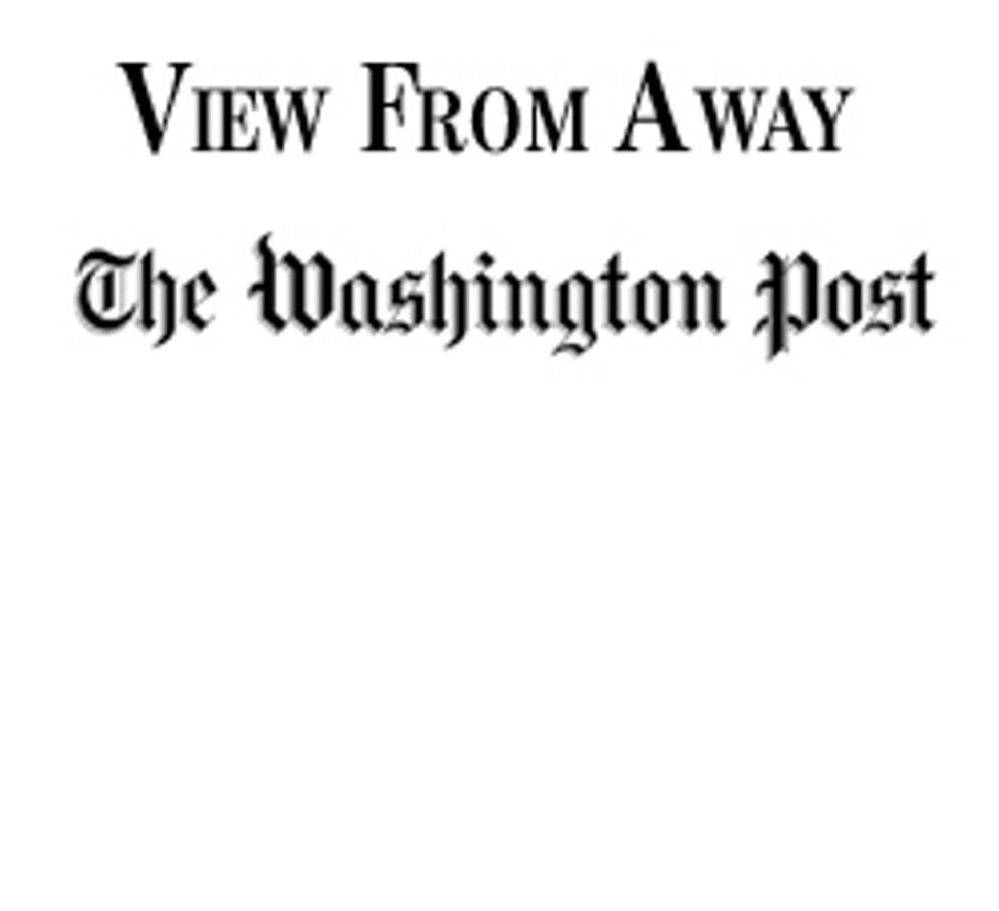Charting the course of North Korea’s nuclear weapons and ballistic missile program has always required painstaking detective work.
Because the country is so closed to outsiders, hints have been drawn from sources such as atmospheric samples, seismic data and satellite photographs. A new building or roof on an industrial factory has often pointed to activity inside. North Korea once gave a visiting American scientist an eyeful: a sprawling array of new uranium enrichment centrifuges that hadn’t been detected previously.
This is why there are serious worries about uranium mining and milling in North Korea as described in a new report from Jeffrey Lewis of the James Martin Center for Nonproliferation Studies at the Middlebury Institute of International Studies at Monterey. Analyzing satellite photographs and other information, Lewis has published evidence on the website 38North, which is run by the U.S.-Korea Institute at the Johns Hopkins School of Advanced International Studies, that North Korea is “expanding its capacity to mine and mill natural uranium.”
The information doesn’t confirm what the uranium is to be used for; it might be for nuclear power reactors, or it might be for nuclear weapons. Lewis found evidence of “significant refurbishment” at a uranium concentration plant at Pyongsan that turns ore into yellowcake. Pyongsan is the most important uranium mine and mill in the country.
This new hint comes on top of an earlier report this year from the same institute that suggested North Korea is moving toward a bigger, better nuclear arsenal that could put it on par with Pakistan and Israel.
In that report, Joel S. Wit and Sun Young Ahn found, based on research from David Albright of the Institute for Science and International Security, that North Korea’s nuclear and missile programs “have gathered significant momentum” and “these programs now appear poised to rapidly expand over the next five years.” They suggested North Korea could take an existing stockpile of 10 to 16 nuclear weapons and expand it, with a middle scenario of 50 weapons in five years and a worst-case of 100 warheads.
A critical bottleneck for North Korea’s nuclear ambitions has always been acquiring enough fissile material, such as weapons-usable uranium that might be processed out of the yellowcake being milled at Pyongsan. North Korea has pursued both a uranium and a plutonium path to the bomb.
Uncertainties always hang over such assessments as the new one by Lewis. But we remain concerned that the Obama administration, after a tentative deal collapsed in 2012, has elevated inattention to policy on North Korea nuclear matters. It will be a nasty surprise for everyone if Pyongyang turns out to have a nuclear arsenal in a few years that is larger than had been expected. This is detective work that should be taken seriously.
Editorial by The Washington Post
Copy the Story LinkSend questions/comments to the editors.



Success. Please wait for the page to reload. If the page does not reload within 5 seconds, please refresh the page.
Enter your email and password to access comments.
Hi, to comment on stories you must . This profile is in addition to your subscription and website login.
Already have a commenting profile? .
Invalid username/password.
Please check your email to confirm and complete your registration.
Only subscribers are eligible to post comments. Please subscribe or login first for digital access. Here’s why.
Use the form below to reset your password. When you've submitted your account email, we will send an email with a reset code.